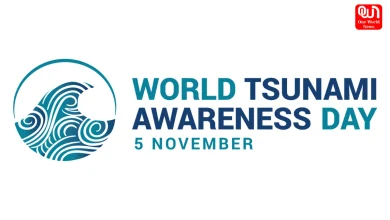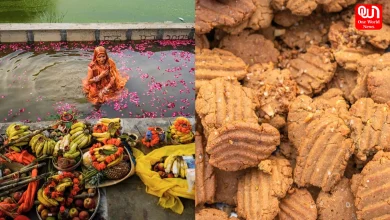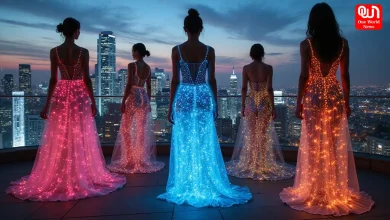Fast vs. Slow Fashion: Unraveling the Key Differences and Making an Informed Choice
Dive into the world of fast and slow fashion, and discover which aligns with your values
Explore the fashion industry’s two contrasting approaches to style and sustainability.
The fashion industry has undergone a significant transformation in recent years, giving rise to a debate between fast fashion and slow fashion. These two approaches to clothing and style represent polar opposites in terms of production, consumption, and sustainability. In this article, we will dissect the differences between fast and slow fashion, helping you make an informed choice about the kind of fashion that resonates with your values.
Production Speed:
Fast Fashion: Fast fashion lives up to its name, with rapid production cycles that bring new styles to market within weeks. This speed allows brands to respond quickly to trends.
Slow Fashion: Slow fashion prioritizes quality over quantity, resulting in longer production timelines. Garments are meticulously crafted and have a longer life span.
Sustainability:
Fast Fashion: Fast fashion is notorious for its negative environmental impact. The focus on low-cost, high-speed production leads to excessive waste, pollution, and overconsumption.
read more : Empowering Self-Esteem: 5 Tips for Parents to Foster Positive Body Image in Kids
Slow Fashion: Slow fashion embraces sustainability by using eco-friendly materials, ethical labor practices, and minimizing waste. It advocates for timeless and durable pieces.
Ethical Labor Practices:
Fast Fashion: Many fast fashion brands have faced criticism for exploiting cheap labor in underdeveloped countries, often in unsafe conditions.
Slow Fashion: Slow fashion brands are committed to fair wages and safe working conditions for their employees. They emphasize the welfare of their workers.
Quality and Durability:
Fast Fashion: The emphasis on low cost often leads to lower-quality materials and craftsmanship, resulting in shorter garment lifespans.
Slow Fashion: Slow fashion prioritizes high-quality materials and craftsmanship, resulting in longer-lasting and durable clothing.
Trend Longevity:
Fast Fashion: Fast fashion trends come and go quickly, making it challenging for consumers to keep up without constant purchases.
Slow Fashion: Slow fashion values timeless designs, allowing consumers to build a long-lasting wardrobe without chasing fleeting trends.
Making Your Choice:
Choosing between fast and slow fashion ultimately depends on your values and priorities. Fast fashion may offer affordability and trendiness, but it comes with ethical and environmental concerns. Slow fashion promotes sustainability and ethical practices but may come with a higher price tag. Make your choice based on what aligns with your principles and lifestyle.
Conclusion:
The fashion industry’s divide between fast and slow fashion is more than just a matter of clothing; it reflects a broader choice between disposable convenience and sustainable, ethical practices. Your fashion choices can make a significant impact on the world, so choose wisely.
Liked this post?
Register at One World News to never miss out on videos, celeb interviews, and best reads








